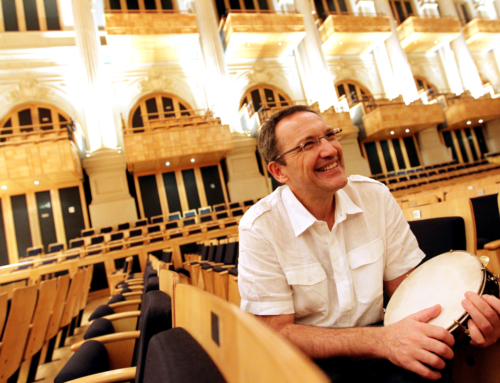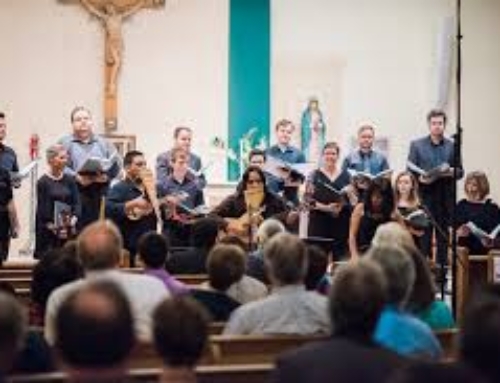Border CrosSing will start February 2020 with “La Colonia”, a program of gorgeous Renaissance and Baroque choral music from Latin America. Artistic Director Ahmed Anzaldúa reflects on the role these types of programs play in fulfilling Border CrosSing’s mission of integrating a historically-segregated choral landscape.
“The danger of a single story” is a fabulous TED talk by Chimamanda Ngozi Adichie. The first time I heard it I couldn’t stop nodding along. There are so many “single stories” about Latin American culture that I experience every day!
When Border CrosSing performs school concerts I will often ask students to tell us what sorts of things they think about when they think about “Latin American music.” The responses invariably include mariachi, salsa, Shakira, and “La cucaracha.” Adjectives such as rhythmic, spicy, festive, and colorful are also quite common. While there is certainly a lot of music from Latin America that matches these descriptions (and we perform plenty of it), this “single story” of Latin American culture can contribute to stereotypes that dehumanize – a slippery slope that may lead to Latinxs being regarded as lazy, prone to partying instead of working, and perhaps not capable of experiencing the world as seriously or fully as others. These responses also speak to a “single story” that is pervasive in classical music: that historically it has been exclusively the realm of white, European men.
A picture – or, in our case, a song – is worth a thousand words. Rather than trying to convince people of the many other stories that exist, referencing the history of Latin American music and the many unacknowledged contributions of Latin American musicians and composers to the canon of European classical music, we can simply perform and let the music itself shatter that incomplete single story narrative. “La Colonia” includes breathtaking choral polyphony in Native American languages from Guatemala, Mexico, and Peru; incredibly complex counterpoint by composers of color in 18th-century Cuba and Mexico; a lively concerto for orchestra and vocal ensemble written by a nun in 17th-century Mexico… these things simply do not fit into the single story that most listeners have about Latin America or classical music. They do not need to be explained, they are experienced. My hope is that, if we did our job right, the experience is such that the listener is moved to accept a more complex story, and perhaps continue to seek it out in the future.




